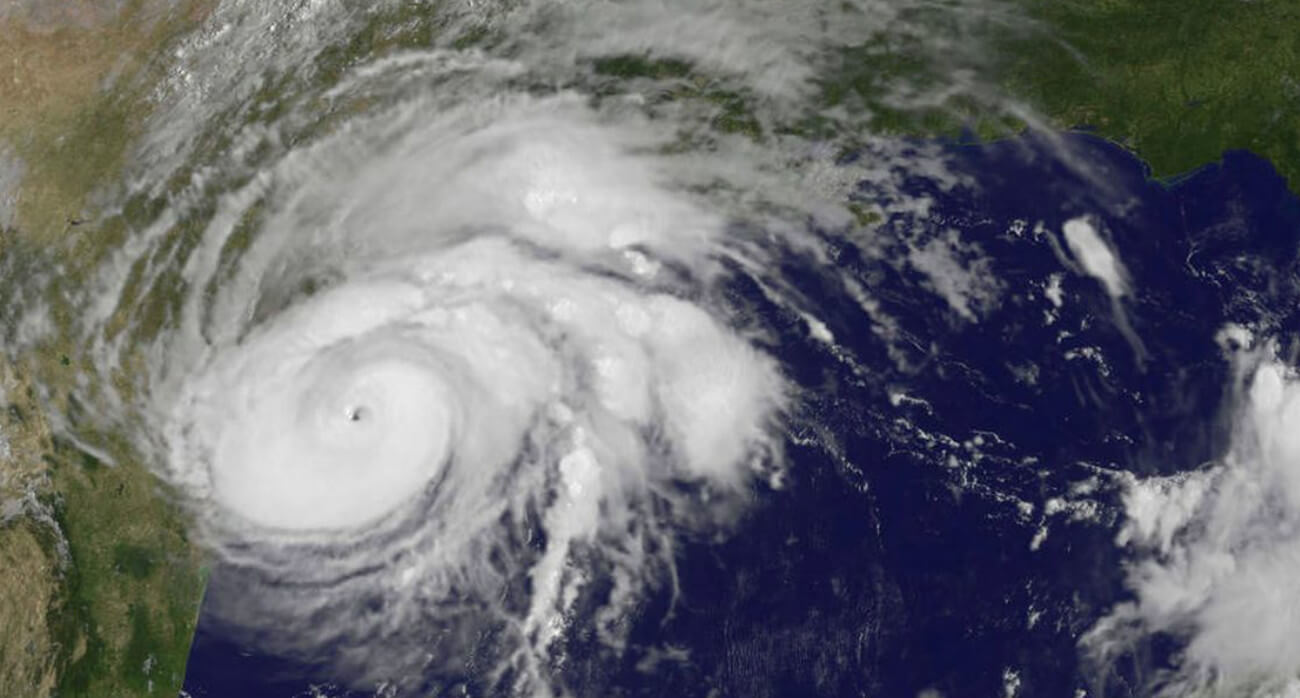After a Disaster: IRS Offers Advice on Reconstructing Records
Frequently, the biggest losses for taxpayers are associate with real estate they own, such as a house or other property built on land they own. The IRS advises taxpayers to take these steps concerning real restate losses.
Dec. 17, 2018

What a year it’s been! So far, we’ve seen record-setting hurricanes, tornadoes and other disasters around the country, capped off by the raging wildfires out west. As a result, many taxpayers are faced with the prospect of reconstructing damaged or lost financial records. Now the IRS has issued a new Fact Sheet to provide assistance (FS-2018-18, November 2018).
These records may be essential to documenting a tax-deductible loss, supporting various tax-related transactions or obtaining federal assistance or insurance reimbursements. The more accurate the records, the better the chances of recovering money. And, despite the crackdown on casualty loss deductions in the new Tax Cuts and Jobs (TCJA), taxpayers can still write off losses in federal disaster areas, subject to certain limits.
In the new Fact Sheet, the IRS advises individuals to take the following steps concerning tax records:
- Obtain free return transcripts immediately by visiting the “Get Transcript tool” on www.irs.gov.
- For ordering transcripts by phone, call 800-908-9946 and follow the prompts.
- Taxpayers can also request transcripts using their smartphone with the “IRS2Go” mobile phone app.
- To get transcripts of previous years returns by mail, file a Form 4506-T, Request for Transcript of a Tax Return.
- To request copies of past returns by mail, file Form 4506, Request for Copy of Tax Return.
- Write the appropriate disaster designation, such as “California Wildfires,” in red letters across the top of Forms 4506-T and 4506 to expedite processing and to waive the normal user fee.
Frequently, the biggest losses for taxpayers are associate with real estate they own, such as a house or other property built on land they own. The IRS advises taxpayers to take these steps concerning real restate losses.
- Take photographs or videos as soon after the disaster as possible. This helps establish the extent of the damage.
- Contact the title company, escrow company or bank that handled the purchase of a home for copies of appropriate documents. Real estate brokers may also be able to help.
- Use the current property tax statement for land-versus-building ratios. If this isn’t available, owners can usually get copies from the county assessor’s office.
- Establish a basis or fair market value of a home by reviewing comparable sales within the same neighborhood. This information can be found by contacting an appraisal company or visiting a website that provides home valuations.
- Check with the mortgage company for copies of appraisals or other information about costs and fair market value in the area.
- Review insurance policies. Usually, a policy will list the value of a building, establishing a base figure for replacement value insurance. For details on how to reach the insurance company, check with the state insurance department.
- If home improvements were made, contact the contractors who did the work to see if records are available. If possible, get statements from the contractors verifying their work and cost.
- If no other records are available, check the county assessor’s office for old records that might address the value of the property.
If a vehicle has been damaged, taxpayers can find resources online or at most libraries to help determine current fair market value. This includes Kelley’s Blue Book (KBB), the National Automobile Dealers Association (NASD) and Edmunds.
In addition, you can call the dealer where the car was purchased and ask for a copy of the contract. If it’s not available, give the dealer all the facts and details, and ask for a comparable price figure. If making payments on the car, check with the lien holder.
But note that it may be difficult to reconstruct records showing the fair market value of some types of personal property. Here are some things for taxpayers to consider when cataloguing lost items and their values:
- Check mobile phones for pictures that were taken in the home that might show the damaged property in the background before the disaster.
- Visit websites that can help establish the cost and fair market value of lost items.
- Support the valuation with photographs, videos, canceled checks, receipts or other evidence.
- If items were purchased using a credit card or debit card, contact the credit card company or bank for past statements. Credit card companies and banks often provide user’s access to these statements online.
If there are no photos or videos of the property, a simple method to help remember what items were lost is to sketch pictures of each room that was impacted. These don’t have to be professionally drawn—, just functional. Here are some suggestions from the IRS:
- Draw a floor plan showing where each piece of furniture was placed. Include drawers, dressers and shelves.
- Sketch pictures of the room looking toward any shelves or tables showing their contents.
- Take time to draw shelves with memorabilia on them.
- Be sure to include garages, attics, closets, basements and items on walls.
Usually, a casualty loss is only deductible in the year it occurred. But if the property was damaged as a result of a federally-declared disaster, taxpayers can choose to deduct that loss on their return for the tax year immediately preceding the year in which the disaster happened. Thus, you can file an amended 2017 return for a disaster-area loss in 2018, instead of waiting to file the 2018 return.
Use Form 1040X, Amended U.S. Individual Income Tax Return. For this purpose, a federally-declared disaster area includes any locality designated for either individual or public assistance. For a list of qualifying disasters, visit www.FEMA.gov/Disasters.
